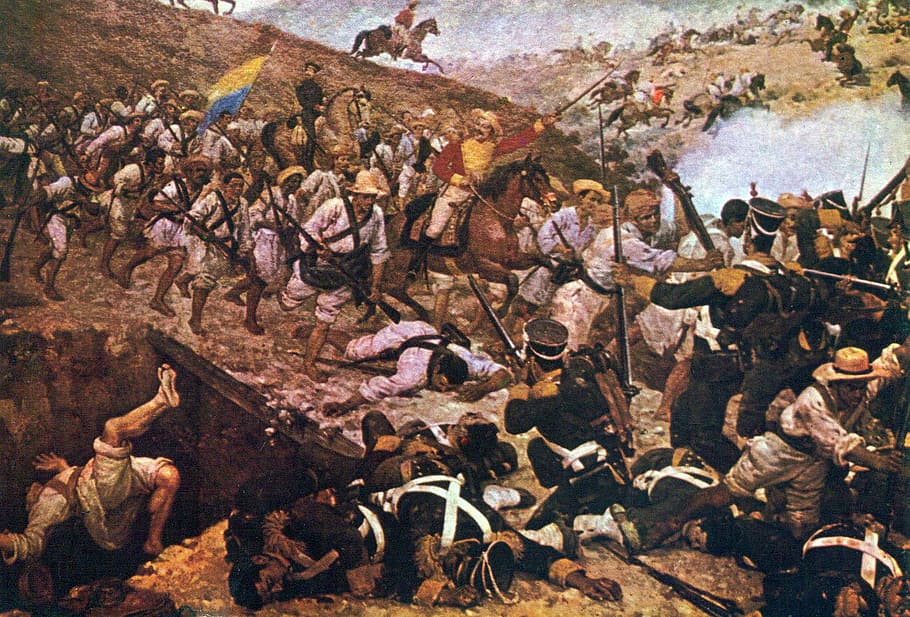
In the heart of South America’s historical tapestry, the Viceroyalty of New Granada emerges as a pivotal chapter, shaping the destiny of modern-day Colombia, Panama, Ecuador, and Venezuela. This colonial entity, under Spanish dominion for centuries, left an indelible mark on the cultural, political, and socioeconomic landscape of the region.
The Viceroyalty of New Granada came into existence in 1717 when the Spanish Crown restructured its American territories into smaller administrative units. This reorganization aimed to streamline governance and strengthen control over the vast American territories. New Granada encompassed an expansive area, stretching from the Caribbean coast to the Andes mountains, and from the Amazon rainforest to the Pacific Ocean.
Socioeconomic Dynamics
New Granada’s geography and topography contributed to a diverse range of economic activities. The fertile plains, known as the Llanos, facilitated cattle ranching, while the highlands were conducive to agriculture and mining. Rich gold and silver deposits fueled the Spanish Empire’s insatiable thirst for wealth. Cities like Cartagena, Bogota, and Quito flourished as centers of trade, culture, and governance.

The viceroyalty was a melting pot of cultures, where indigenous, African, and European influences converged. Indigenous communities brought their traditions, languages, and craftsmanship, creating a vibrant cultural mosaic. However, the European colonizers’ dominance and exploitation led to conflicts and disparities, shaping the region’s social hierarchy.
Quest for Independence:
As the Enlightenment era swept through the world, ideas of liberty and equality seeped into the colonial territories. The influence of revolutionary movements in Europe sparked a desire for self-governance among the colonized populations. The viceroyalty became a hotbed of discontent and rebellion, with leaders like Antonio Nariño and Camilo Torres Tenorio advocating for autonomy.
The early 19th century witnessed seismic shifts in the colonial landscape. The Napoleonic Wars in Europe weakened Spanish authority, leading to power vacuums in the colonies. New Granada was no exception, as it grappled with political turmoil, including the famous “Foolish Fatherland” period.

Ultimately, the Viceroyalty of New Granada dissolved amidst the winds of change. Bolivar’s military campaigns, including the decisive Battle of Boyaca, culminated in the region’s liberation from Spanish rule. The viceroyalty’s legacy, however, transcended its dissolution. It left behind a complex cultural tapestry, architectural landmarks, and a rich historical narrative that continues to shape the modern identity of Colombia, Panama, Ecuador, and Venezuela.
The Viceroyalty of New Granada stands as a testament to the intricate interplay of power, culture, and resilience in the face of colonial domination. Its legacy is a reminder of the endurance of the human spirit, as diverse communities navigated a complex colonial era. Today, it remains an integral part of the collective memory, weaving its threads into the fabric of these nations’ histories and identities.
See all the latest news from Colombia and the world at ColombiaOne.com. Contact our newsroom to report an update or send your story, photos and videos. Follow Colombia One on Google News, Facebook, Instagram, TikTok and subscribe here to our newsletter.


